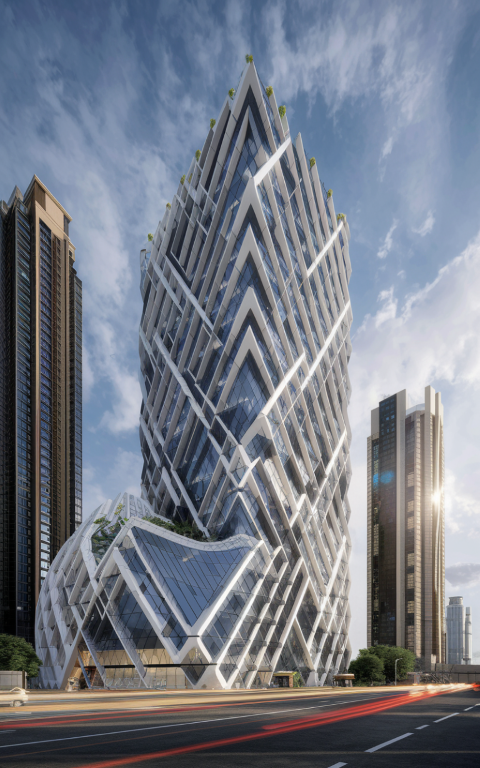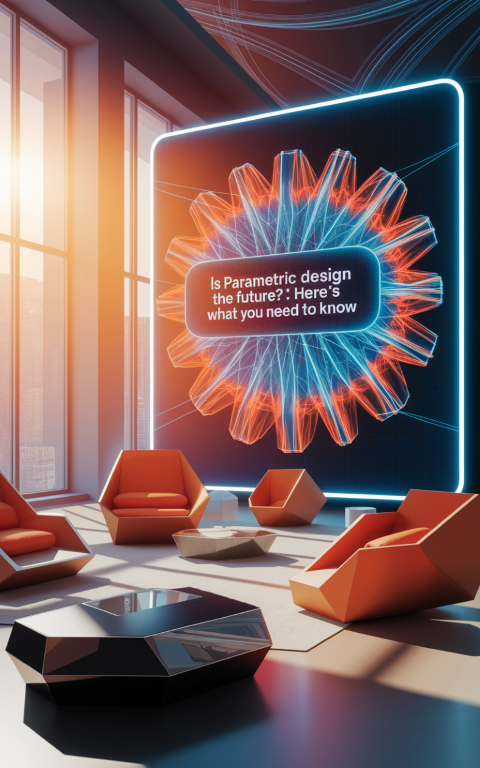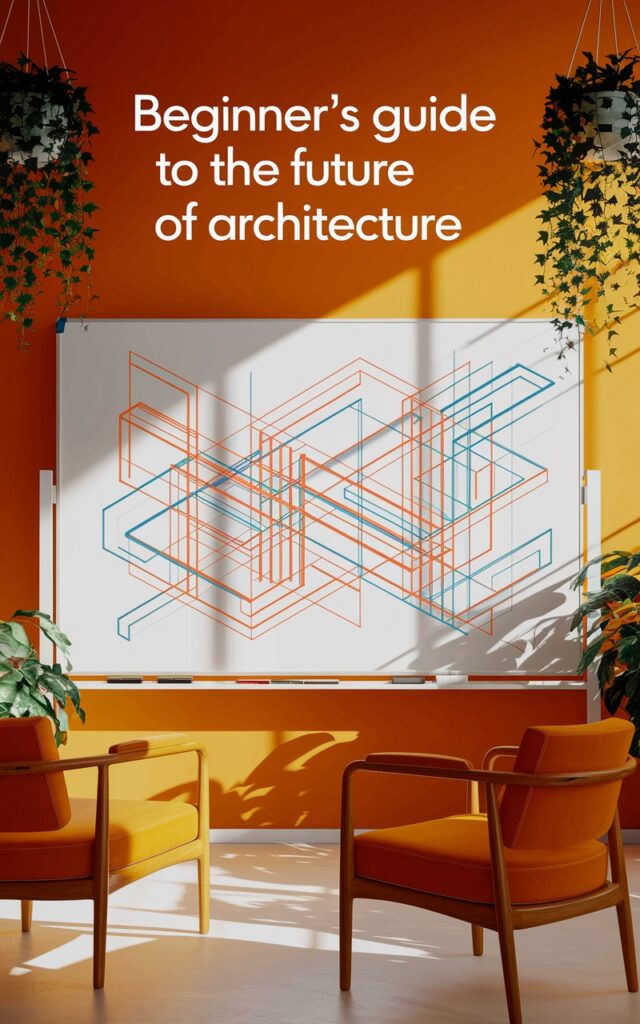Introduction
Imagine walking into a building that seems to defy gravity—a structure with curves so fluid they mimic ocean waves, or a façade that shifts patterns like a living organism reacting to sunlight. This isn’t science fiction; it’s the magic of parametric design, a revolutionary approach reshaping architecture, product design, and even urban planning. But is this the future, or just a fleeting trend? Let’s unravel the story of how algorithms and creativity are merging to redefine what’s possible.
Why This Is Important
Parametric design isn’t just about creating visually stunning forms—it’s a paradigm shift in problem-solving. By using algorithms to generate and optimize designs, architects and engineers can tackle complex challenges like sustainability, efficiency, and user-centric functionality. In a world grappling with climate change and rapid urbanization, this approach offers solutions that traditional methods simply can’t match.
The Three Pillars of Parametric Design
- Sustainability: Optimizing materials and energy use to reduce waste.
- Efficiency: Streamlining workflows from concept to construction.
- Creativity: Unlocking forms and structures previously deemed impossible.
Key Insights: Why Parametric Design Is Here to Stay
1. Customization at Scale
Parametric tools allow designers to create infinitely adaptable models. For example, a single algorithm can generate thousands of unique building façades tailored to local sunlight, wind patterns, or cultural aesthetics. This level of customization was unimaginable a decade ago.
2. Bridging Art and Engineering
Gone are the days when architects sketched ideas on paper, only to have engineers reject them as “unbuildable.” Parametric design integrates engineering constraints into the creative process, enabling collaboration that turns bold visions into reality. The Beijing National Stadium (Bird’s Nest) and Zaha Hadid’s Heydar Aliyev Center are testaments to this synergy.
3. Cost Efficiency Through Precision
By simulating scenarios digitally, parametric design minimizes costly errors during construction. It also optimizes material usage—critical in regions like India, where balancing affordability and innovation is key. At Soga Design Studio, we’re pioneering cost-efficient parametric solutions to make this technology accessible across India’s diverse architectural landscape.
Real-World Examples: Parametric Design in Action
The Lotus Temple, Delhi
India’s iconic Lotus Temple, with its petal-like structures, is an early example of parametric principles. While not fully algorithm-driven, its geometric precision and symmetry hint at the potential of computational design. Today, advanced tools could recreate such marvels faster and with even greater complexity.
Mumbai’s Climate-Responsive Skyscrapers
Developers in Mumbai are using parametric models to design high-rises that adapt to the city’s tropical climate. Algorithms calculate optimal window placements and shading devices, reducing cooling costs by up to 30%. This approach is a game-changer for India’s energy-hungry urban centers.
Conclusion: The Future Is Adaptive
Parametric design isn’t just a tool; it’s a new language for creativity and problem-solving. From reducing carbon footprints to democratizing great design, its applications are limitless. As Soga Design Studio pushes the boundaries in India, we’re committed to making this future inclusive, affordable, and inspiring.
What’s your take? Could parametric design solve challenges in your community? Share your thoughts below—or let’s collaborate to turn possibilities into reality. 🌟




